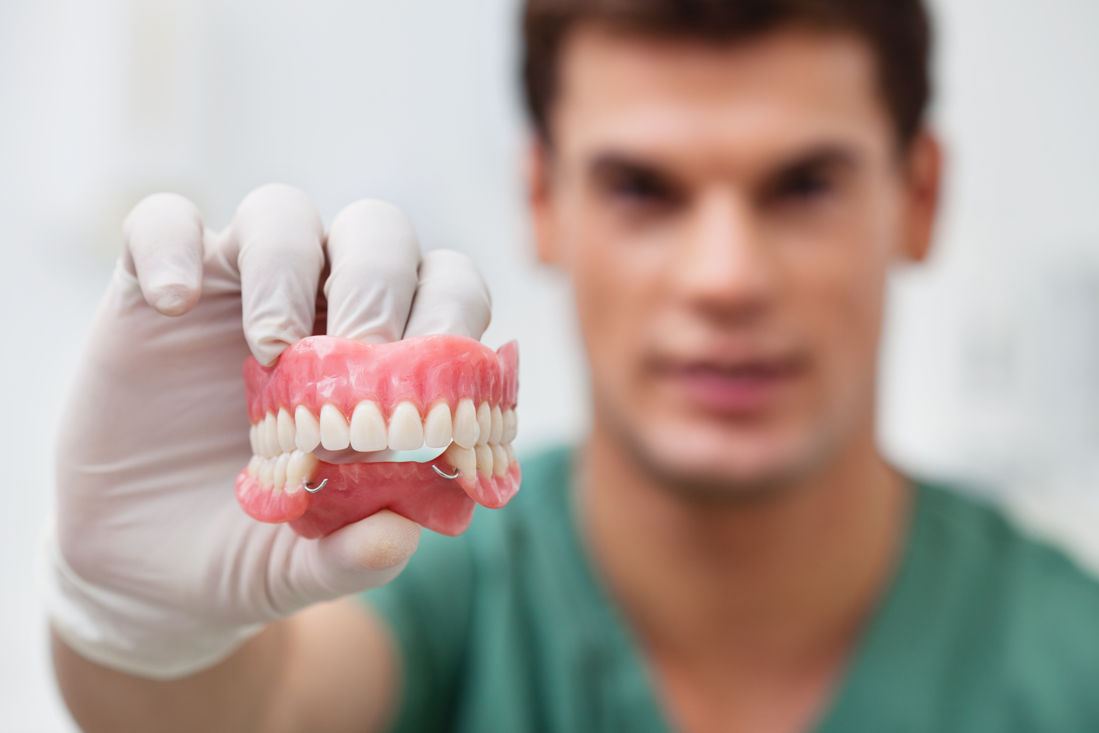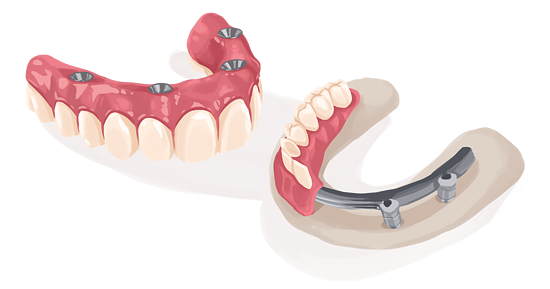Over time, your jaw may change and dentures may not fit as well as they originally did. This can create a lot of issues with your mouth. So what is the solution?
In this guide, we explore the key to resolving denture fit problems, shedding light on the process of how to reline dentures for a comfortable, what they do, types of relines and snug fit ensuring optimal oral health and functionality.
Changing bone
When teeth are first removed, it leaves holes in the bone where the roots of the teeth once were. These holes, called extraction sockets, fill in as healing occurs.
The bone of the jaw gradually reshapes over time while healing. Most changes happen in the first four to six months after tooth removal.
Small changes can continue to occur for years more. Tooth roots normally stimulate bone and keep it dense and strong.
Once teeth are removed, the bone is absorbed by your body. Jaws with no teeth can become smaller and more fragile over time.
What do relines do?
There is no way to predict how your jaws will reshape as the bone heals. If you need teeth removed, dentures are usually made to fit your jaw as it is now.
As your jaws change over time, the dentures will become loose. Relines are made to fill in the space left under your denture as bone is absorbed.
A good fit is needed with dentures to make them stable. It also prevents sore spots, fungal infections, and gum tissue overgrowth.
Dentures may need to be relined several times when you first get them. Even if you have been without teeth for years, relines may be needed as changes occur. To find out more about dentures, click here.

Types of relines
There are several kinds of relines available. Which type you should get depends on your individual needs.
Temporary reline
A temporary reline is usually done when significant changes are expected. This is a soft, rubber-like material your dentist can do in his office.
Temporary relines are often placed soon after tooth extractions with an immediate denture. They are also used when the gums are irritated or swollen from poorly fitting dentures.
These relines don’t last long and will need to be replaced with another more permanent reline once the jaws have had time to heal.
Soft reline
A soft reline is used when a patient gets frequent sore spots or wants a more cushioned feel to their denture. It is soft like a temporary reline but is made to be much tougher and longer lasting.
Although they last longer than a temporary, soft relines don’t last forever. Expect to replace a soft reline every one to two years.
Hard reline
A hard reline is made from essentially the same material as the body of a denture. It is a hard acrylic and will last for many years.
A hard reline is done if the patient is tolerating dentures well. They aren’t as cushioning as a soft reline but their long life and durability make them a good choice for most people.
How often should you reline denture?
You should reline a denture when it begins to feel loose or previous relines begin to wear out. Wearing a denture that does not fit snuggly can create many common problems, including sore places, infections, or puffy, overgrown gums.
Expect a temporary reline to wear out every few weeks and a soft reline about every one to two years. A hard reline done at a dental laboratory will last for years, but you still may need to replace it due to bone changes.
If bone changes are substantial or the teeth become too worn, it may be time to get a whole new denture.

How to reline denture?
Relines are best done at your dentist’s office, but an at-home kit is an option if cost or access to a dentist is an issue.
Professional denture reline
Both kind of professional denture reline, soft and hard, are done differently.
- Your denture is roughened on the inside and an adhesive is placed on the acrylic.
- The soft reline material is placed into the denture and it is seated in your mouth to cure.
- Once it has stiffened, the denture is removed and trimmed.
- An impression of your jaw is taken inside your denture.
- The whole denture is then sent off to a dental laboratory to have the durable reline material placed.
- Usually, the denture can be returned to the patient the next day.
DIY denture reline kit
If cost or ability to get to a dentist are an issue, there is a do-it-yourself kit available at many drug stores. These work similarly to the soft relines mentioned above.
Be advised that these kits do not last very long and must be done correctly. If the denture is not seated precisely, you may create more problems than you solve.
Denture reline cost
Many people get dentures thinking it is the last dental treatment they will need. They are unaware than dentures need relines, eventual replacement, and may have other additional costs involved.
A soft reline done in the dental office only takes one visit and may cost $300-$400. A laboratory reline means being without your denture for one night and costs around $500, but will generally last much longer.
| Reline type | Cost |
|---|---|
| Soft reline | $300-$400 |
| Hard reline | $500 |
Can you avoid denture reline?
Most relines are needed because the bone of the jaw is no longer stimulated by teeth. That is why it is worth to consider other teeth replacement options.
Dental implants are seen as a better way to replace teeth. They are great anchors for making stable teeth replacements. They also provide stimulation to the jaw to prevent bone loss.
Implants can be used to create dentures that snap into place. While more stable, these dentures do still come in and out of the mouth. They also need regular maintenance on the attachment points and will have to be replaced every five years or so, much like traditional dentures.

An alternative is the G4 by Mike Golpa. This revolutionary treatment option features permanent bridges supported by just four dental implants. They are beautiful, stay in like natural teeth, and can usually be placed in just one 24 hour period!
And since the implants help maintain the bone, the only reline that is normally needed occurs six months after any teeth are removed. This helps prevent food from getting trapped under the bridges.
Once complete, G4 restorations only require normal cleanings and checkups to maintain them for a lifetime!
